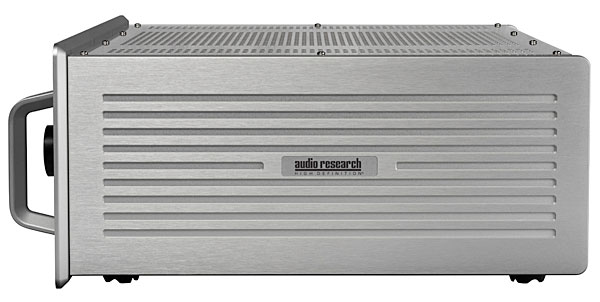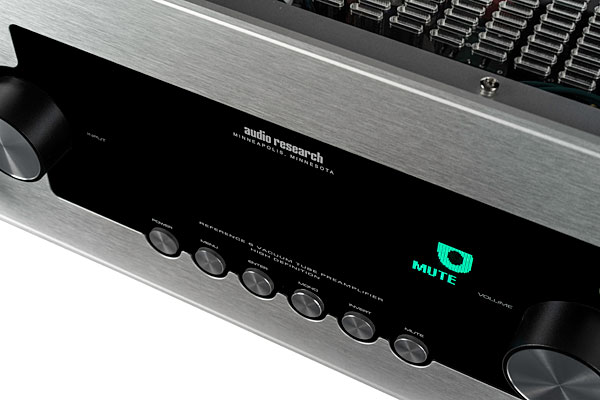| Columns Retired Columns & Blogs |
This beggars the obvious question - Which provides the magic? The setup or the gear?
Certainly it's a combination, but is setup undervalued? It reads to me like the system setup for Jason was roughly as significant in defining the sound quality and appeal as the new preamp. Perhaps I'm reading a lot into this, but what's going on? Is this like cooking, where the preparation and the seasoning often matters as much or more than the raw foodstuffs?
I've often marveled at how enthusiasts are willing to buy preamp after preamp, as one example, but will not even consider adding modest acoustic treatment of their listening quarters. Is that really sensible?
One famous owner of an equally famous cable company spoke many years ago in Stereophile how the selling prices of his products were based on the magnitude of sound improvement brought by using those cables over others. The actual cost of the product for him and the rest in the supply chain was irrelevant. If a certain cable made as much improvement as jumping to a three times as expensive amplifier, shouldn't the pricing for that cable be the same as for the amplifier? Whether you agree with that pricing philosophy or not, and it certainly has fanned some of the flames associated with the cable argument, there must be some basis in the results since people continue to buy more expensive cables. Herd mentality?
I'm not offering an opinion here. Merely asking.











































